This is an example of our marine RADAR that we use in our courses.
The RADAR is one of the most useful pieces of equipment on the boat. It is independent, reliable, accurate, and does not rely on any other systems. It can be used to identify other vessels that may be on a collision course, it can be used for navigation references, and it can even pick up approaching rain squalls.
Below is our mini RADAR simulator, in this introductory course, we are only going to cover some of the basic functions of RADAR operation.
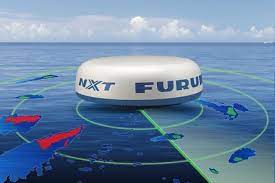
The ![]() switches on and off the Heading Line that defines the direction of your travel in relation to any detected radar reflections.
switches on and off the Heading Line that defines the direction of your travel in relation to any detected radar reflections.
The ![]() adjusts the range increments of the rings in steps. This allows you increased resolution at close range, or maximum visibility at longer range. The correct choice will depend on the situation.
adjusts the range increments of the rings in steps. This allows you increased resolution at close range, or maximum visibility at longer range. The correct choice will depend on the situation.
The EBL ![]() and
and ![]() are used to adjust the Electronic Bearing Line (EBL) which can be used to determine the bearing of any reflected echo. The
are used to adjust the Electronic Bearing Line (EBL) which can be used to determine the bearing of any reflected echo. The ![]() indication confirms that EBL monitoring is active. But it can be switched off just by clicking on the on button.
indication confirms that EBL monitoring is active. But it can be switched off just by clicking on the on button.
The VRM ![]() and
and ![]() are used to adjust the Variable Range Mark (VRM) which is to measure the range to any reflected object. By default, it has been switched off in this simulation, but you can switch it on just be pressing the off button.
are used to adjust the Variable Range Mark (VRM) which is to measure the range to any reflected object. By default, it has been switched off in this simulation, but you can switch it on just be pressing the off button.
This radar has been scaled down to suit a mobile phone screen. A larger representation will be displayed if you view the page on a tablet or computer.
The screen on your device is too small to display this simulator, please try viewing in landscape, or try another device.




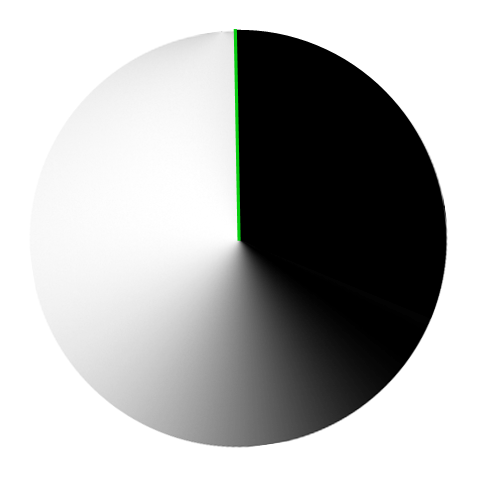


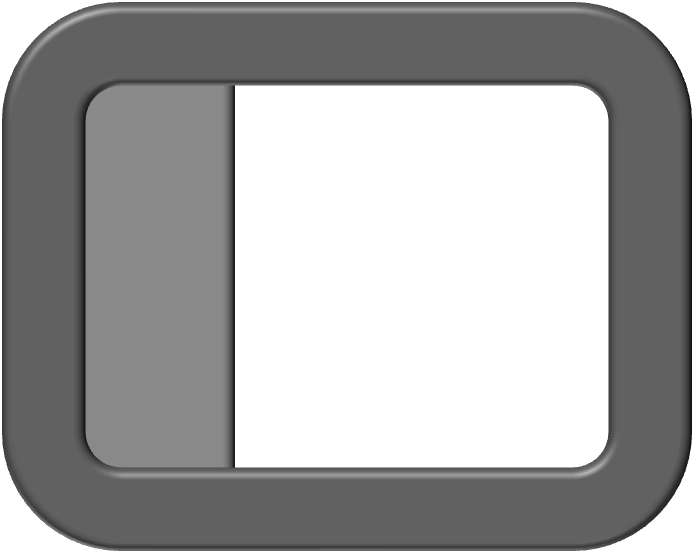
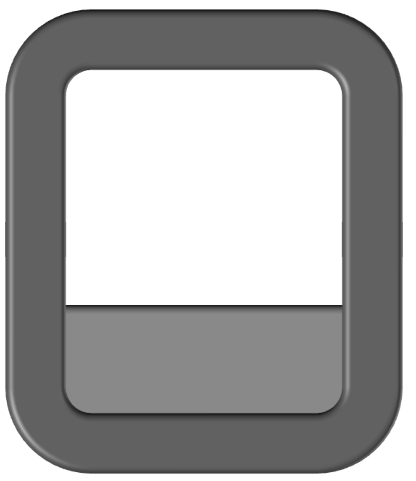
RR
2 NM
EBL
000°
VRM
0.0 NM
HDG 000°




EBL




VRM




FTC


Clutter

Search and Rescue Transponders (SARTs) are a specific safety device that helps people in distress to display their position on an active radar screen using a dedicated representation to indicate a distress signal.
When the SART detects a RADAR signal, it responds by transmitting a returning radar signal on the same frequency. This returning signal is configured so that it will display as a series of 12 dots on the transmitting radar screen. The 12 dots extend away from the centre of the RADAR with the first dot that is displayed being the location of the SART.
These units are perfect when you are on a liferaft or boat that may not normally generate a radar reflection, and the 12 dots are universally recognised as indicating a vessel in distress. To see the effect, press the button below to activate the SART, and use the EBL and VRM controls to find the location of the SART.
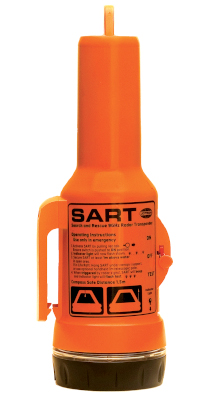
The SART signal is now visible in the chart plotter display. Use the ELB and VRM controls to locate the relative position of the distress beacon.
You should get a bearing of about 075° to the current vessel heading, and at a range of 6.9 nautical miles. If your range is set to 2 nautical miles per ring, the start of the pattern will be on the right hand side of the screen. Try pressing the ![]() which increases the distance between each range ring, and it will make the SART pattern easier to see.
which increases the distance between each range ring, and it will make the SART pattern easier to see.